The decision to temporarily suspend rice imports from the Philippines and Indonesia from early September has created additional short-term challenges for Vietnam’s exports, making the outlook for stocks in this sector even bleaker. However, domestic enterprises have maintained stable operations, reflecting the industry’s flexible response capacity.
Flexible response strategy
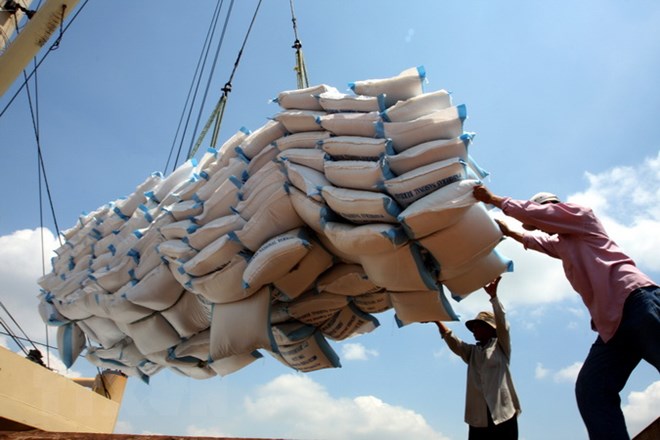
According to the Ministry of Agriculture and Environment , the Philippines accounted for 42.4% of Vietnam's rice export market in the first 8 months of 2025, making it a key market. Emerging markets such as Ghana and Ivory Coast have market shares of 11.7% and 10.7%, respectively, showing that Africa is opening up export space. China, after several years of decline, has grown again in the past 8 months, reaching 565,000 tons, accounting for 8.9% of total exports and up 141.3% over the same period. The value of rice exports to the Philippines decreased by 15.6%, while those to Ghana increased by 44.4%, Ivory Coast by 88.9%, Bangladesh by 188 times, and Malaysia by 54.4%.
On September 9, Prime Minister Pham Minh Chinh signed Official Dispatch No. 160, requesting enhanced measures to promote production, export and stabilize the rice market. Immediately after, the Ministry of Industry and Trade organized a conference with the participation of ministries, branches, associations and major exporting enterprises to find solutions to cope.
Ms. Bui Thanh Tam, Chairman of the Board of Directors of the Northern Food Corporation (Vinafood 1), said that the suspension of imports from the Philippines is only short-term and businesses need to be prepared to take advantage of opportunities when this market returns at the end of the year. Mr. Tran Xuan Ha, Vice Chairman of the Vietnam Food Association, assessed that the Philippines will likely return to imports at the end of October or November-December.
Enterprises have proactively diversified their markets and prepared their supply sources. Vinafood 1 has temporarily purchased and stored to stabilize its supply sources and maintain its relationship with Philippine customers. The Southern Food Corporation (Vinafood 2) and some enterprises have shifted their exports to Africa at a price of 485-490 USD/ton, helping to solve the output problem for farmers.
The Ministry of Finance also launched a program to purchase 280,000 tons of national rice reserves to support domestic prices, stabilize production, and ensure supply when the Philippines temporarily suspends imports.
Rice stocks lack investors
Despite being a strategic economic sector, rice stocks on the stock market are almost devoid of investors. Listed companies such as Trung An High-Tech Agriculture Joint Stock Company (code TAR), Loc Troi Group Joint Stock Company (code LTG), Angimex Import-Export Joint Stock Company (code AGM) often have low liquidity. Total revenue in the second quarter of 2025 of 9 listed rice companies reached nearly 12,000 billion VND, down 20% compared to the same period in 2024.
The difference in management capacity creates a clear differentiation. Vietnam Seed Group (Vinaseed, code NSC) continues to be the leading company, contributing VND60 billion in net profit, up 11% over the same period, accounting for 66% of the total profit of the whole industry. Vinafood 2 (code VSF) reported a sudden increase of 700% in profit, reaching nearly VND8 billion thanks to a sharp decrease in cost of goods sold. TCO Holdings Joint Stock Company (code TCO), after shifting from logistics to rice processing, posted a net profit of VND5 billion, up 150% despite a decrease in revenue and gross profit in the rice segment due to a temporary suspension of machine maintenance. On the contrary, Trung An High-Tech Agriculture Joint Stock Company and Ho Chi Minh City Food Company (Foodcosa, code FCS) continued to suffer losses due to a decrease in revenue that was not enough to cover fixed costs.
Inventory strategies also reflect the differences: By the end of June 2025, industry-wide inventories increased by 20% compared to the beginning of the year, concentrated in Vinaseed (VND 1,101 billion, up 99%) and Vinafood 2 (VND 1,783 billion, up 11%), reflecting expectations of price recovery but putting pressure on cash flow. Competitive pressure from India, Pakistan, the US, along with high quality requirements and low carbon standards from the EU, requires businesses to upgrade supply chains, trace origins and focus on added value instead of relying solely on output.
The second quarter of 2025 is a reminder of the purification of the rice market. Mr. Bui Le Quoc Bao, General Director of TCO Holdings Joint Stock Company (code TCO) commented that any business that does not adapt will be eliminated, while the businesses that survive are those with courage.
The changes in the Philippine and Indonesian markets pose challenges but also open up new opportunities. Enterprises are proactively diversifying their markets, taking advantage of the potential of Africa and China, and implementing solutions for production, storage and improving product quality. In the stock market, competitive pressure and the demand for added value are pushing enterprises to strengthen their management capacity and adapt. This is a period of differentiation: Flexible enterprises with long-term strategies will survive and develop, while units that lack adaptation are under pressure.
In general, Vietnam's rice exports still have room for growth, but require a long-term, flexible strategy and focus on sustainable value rather than just chasing output. This is also the time for investors to recognize opportunities from rice businesses with a solid foundation, transparent management and the ability to adapt to market fluctuations, creating a foundation for sustainable growth in the medium and long term.
Source: https://baotintuc.vn/thi-truong-tien-te/thach-thuc-ngan-han-va-trien-vong-co-phieu-nganh-gao-20250929083337620.htm


![[Photo] Hanoi morning of October 1: Prolonged flooding, people wade to work](https://vphoto.vietnam.vn/thumb/1200x675/vietnam/resource/IMAGE/2025/10/1/189be28938e3493fa26b2938efa2059e)
![[Photo] Keep your warehouse safe in all situations](https://vphoto.vietnam.vn/thumb/1200x675/vietnam/resource/IMAGE/2025/10/1/3eb4eceafe68497989865e7faa4e4d0e)

![[Photo] President of the Cuban National Assembly visits President Ho Chi Minh's Mausoleum](https://vphoto.vietnam.vn/thumb/1200x675/vietnam/resource/IMAGE/2025/10/1/39f1142310fc4dae9e3de4fcc9ac2ed0)


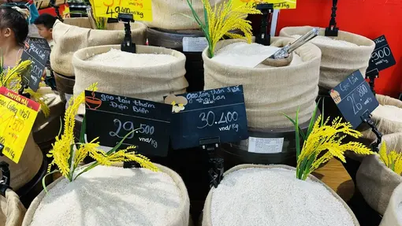





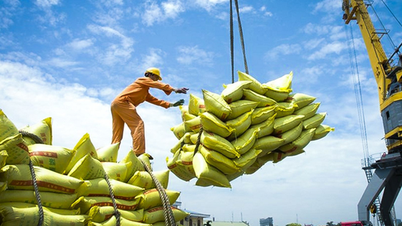



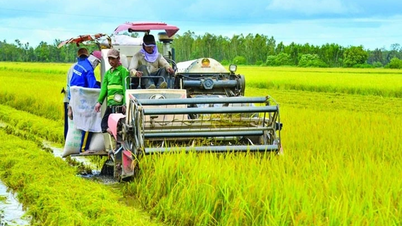
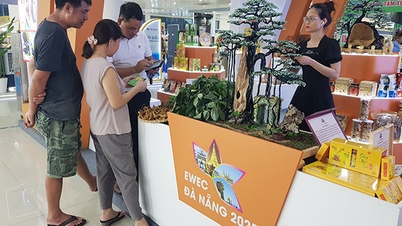

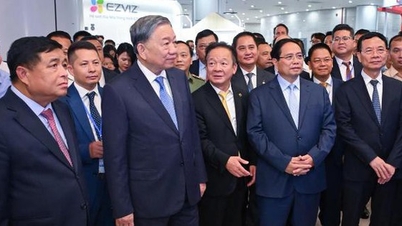
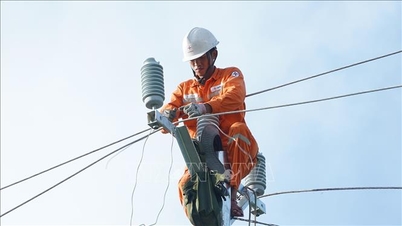
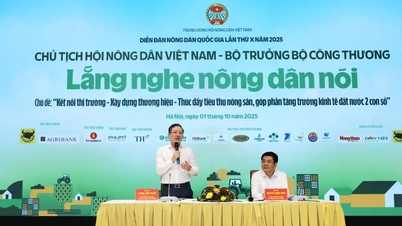

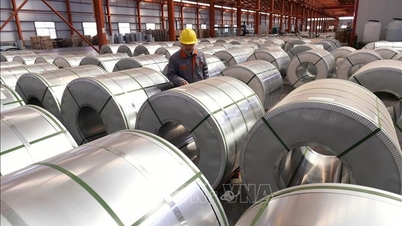
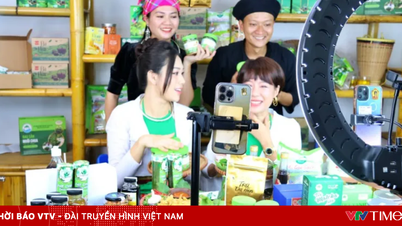





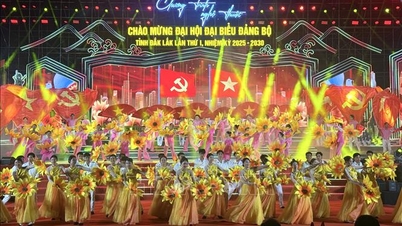

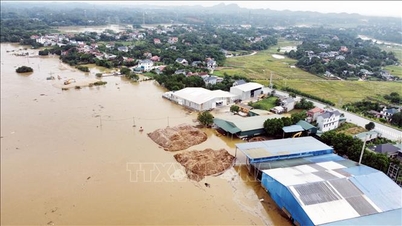
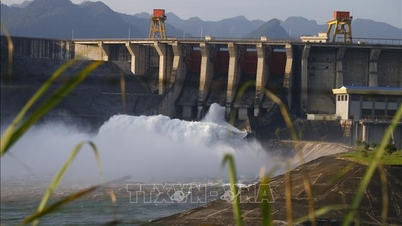
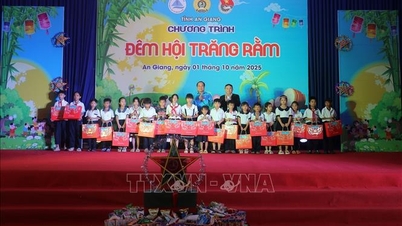

































































Comment (0)